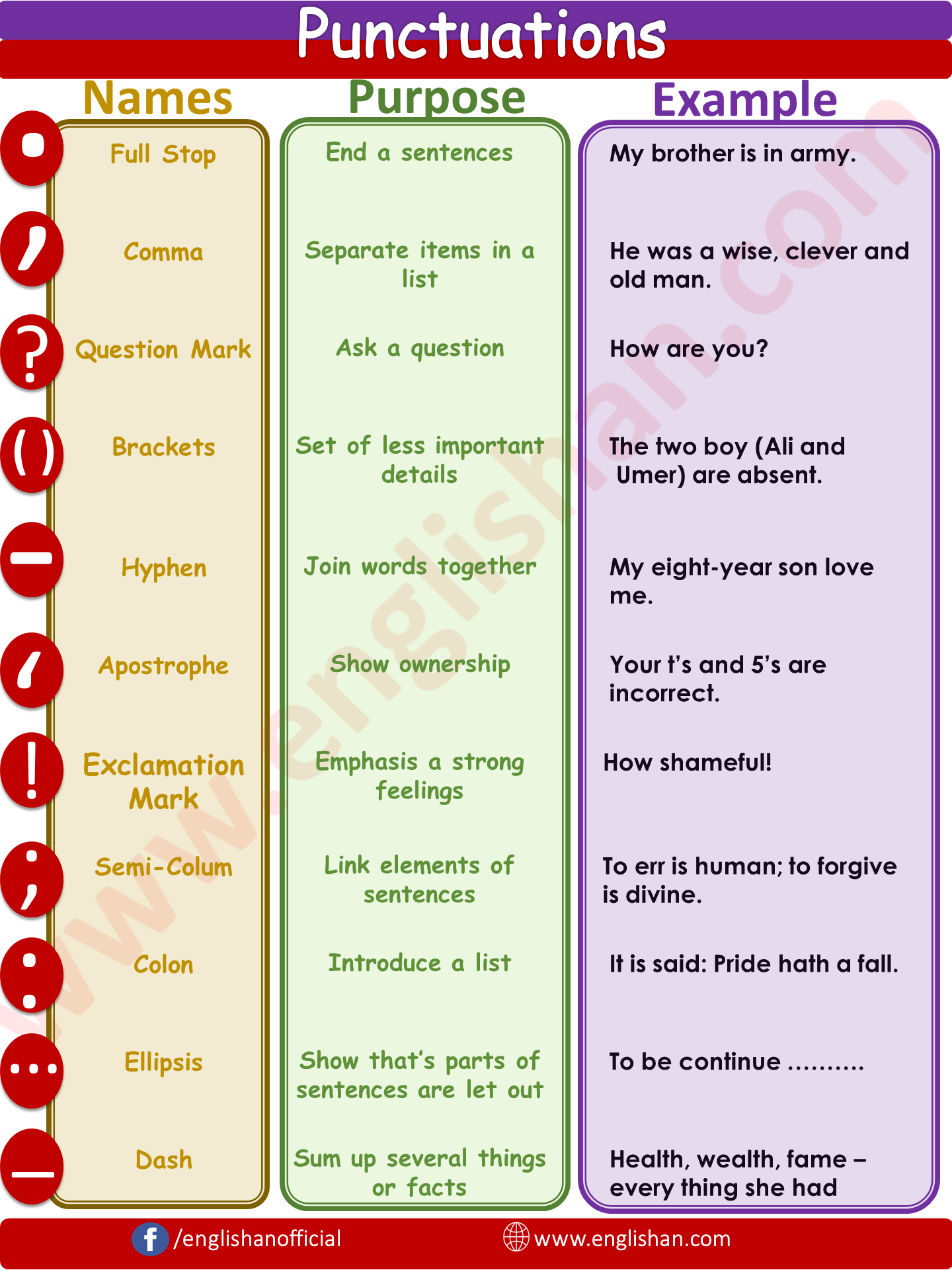Punctuation is an essential aspect of writing that helps convey meaning and clarity to the reader. Without proper punctuation, sentences can be confusing and difficult to understand. Understanding the rules of punctuation is crucial for effective communication in writing.
There are several rules of punctuation that writers should be familiar with in order to accurately convey their intended message. From commas to semicolons, each punctuation mark serves a specific purpose in organizing and structuring written language.
Rules of Punctuation
1. Commas: Commas are used to separate items in a list, set off introductory phrases, and separate independent clauses in a compound sentence. For example, “I need to buy apples, oranges, and bananas from the grocery store.” In this sentence, the commas separate the items in the list.
2. Periods: Periods are used to indicate the end of a sentence. For example, “She went to the store to buy milk.” The period at the end of the sentence marks the completion of the thought.
3. Colons: Colons are used to introduce a list or to emphasize a point. For example, “There are three things I love: chocolate, coffee, and books.” The colon introduces the list of things the speaker loves.
4. Semicolons: Semicolons are used to connect two closely related independent clauses. For example, “She studied hard for the exam; she passed with flying colors.” The semicolon connects the two related clauses without the need for a conjunction.
5. Quotation Marks: Quotation marks are used to indicate direct speech or to enclose the titles of short works. For example, “He said, ‘I will be there at 5 o’clock.'” The quotation marks indicate the exact words spoken by the person.
In conclusion, punctuation plays a vital role in writing by providing structure, clarity, and meaning to the text. By following the rules of punctuation and using the appropriate marks in the right places, writers can effectively communicate their ideas and thoughts to the reader. Understanding and applying the rules of punctuation will enhance the overall quality of writing and make it more engaging and readable for the audience.
